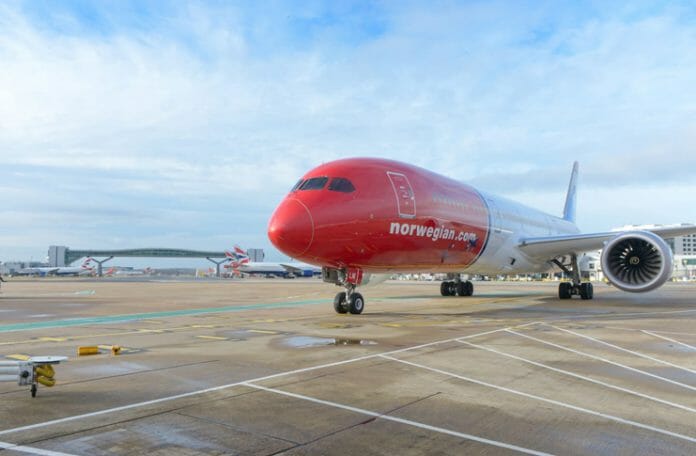
TravelingForMiles.com may receive commission from card issuers. Some or all of the card offers that appear on TravelingForMiles.com are from advertisers and may impact how and where card products appear on the site. TravelingForMiles.com does not include all card companies or all available card offers.
Some links to products and travel providers on this website will earn Traveling For Miles a commission which helps contribute to the running of the site – I’m very grateful to anyone who uses these links but their use is entirely optional. The compensation does not impact how and where products appear on this site and does not impact reviews that are published. For more details please see the advertising disclosure found at the bottom of every page.
Norwegian is the low-cost carrier whose growth has caught everyone by surprise, but the rapid expansion of its fleet and routes has come at the expense of profitability and, some would say, sound business practices.
While the airline leads the way in keeping the price of flying across the Atlantic as low as it is right now it has been hemorrhaging cash at a rate that most would agree is unsustainable….and Norwegian has finally been taking big steps to combat the financial issues it is facing.
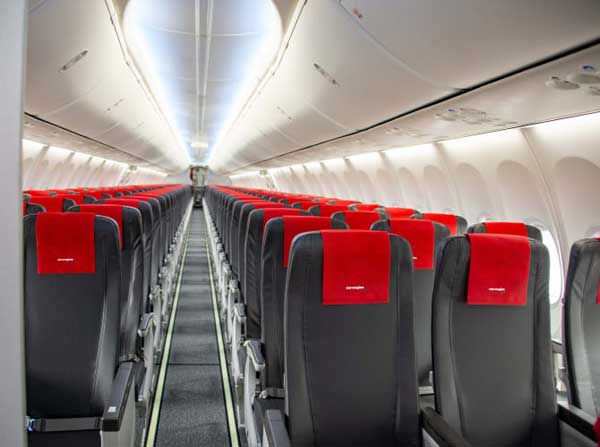
This year alone we’ve seen the airline…
- refinance one of its 787 aircraft to release some free cash
- sell two Airbus A320 aircraft (which it was leasing out) to release more cash
- announce a rights issue to raise over $350m to shore up its balance sheet
- cut lounge access for some premium cabin passengers
- cut free cocktails and premium spirits in its premium cabin
…so there’s a lot of work going on behind the scenes to try to keep Norwegian afloat.
Now the airline has released its results for the fourth quarter of 2018 alongside its full year results and the information provided by Norwegian makes for interesting reading.
According to numbers released by the airline Norwegian’s operating revenues in 2018 were around $4,675m while its earnings before interest and taxes came out to a loss of around $447m.
The airline says that its results for the year were “strongly affected by engine issues, fuel hedge losses and tough competition in a period of strong growth” and it’s the second of those three factors that I find the most interesting.
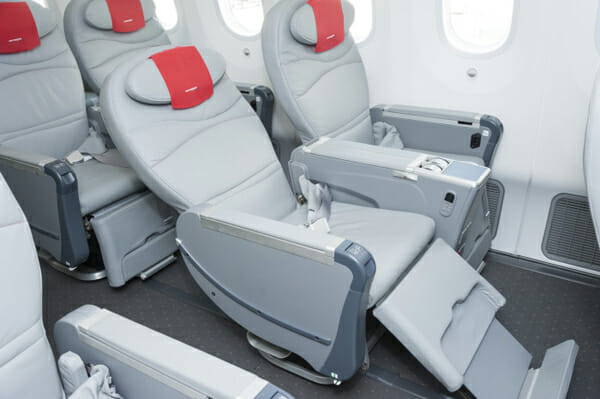
We already knew that Norwegian has been having a lot of issues with the Rolls Royce engines on its Dreamliners (it’s certainly not alone in that respect) and it’s pretty obvious that the airline is facing stiff competition from other low-cost carriers in Europe and the legacy carriers across the Atlantic, but I wasn’t aware of just how badly Norwegian’s fuel hedging operation was going.
Fuel hedges are supposed to help the airline smooth out the cost of airline fuel as the price of oil rises and falls at the whim of market traders but it’s amazing just how bad some airlines can be at using hedging to lower costs….and that’s why a number of major carriers no longer hedge fuel.
American Airlines and Delta haven’t used fuel hedges for some time (Delta learned its lesson after booking a $4bn hedging loss in 2016), United doesn’t use fuel hedging any more and JetBlue stopped hedging in 2017.
But hedging can work if done properly….take Southwest as an example.
Southwest still uses fuel hedges as method of keeping costs under control and, during the particularly volatile 4th quarter of 2018, the airline made very good use of its hedged positions to limit its rise in fuel costs to just 9% – in comparison, American Airlines (who doesn’t hedge) saw its fuel costs rise by 33%.
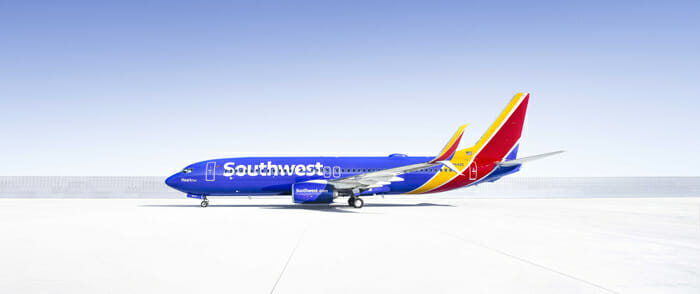
Sadly, they guys in charge of fuel hedges at Norwegian are clearly not as adept at managing market condition as those at Southwest as Norwegian managed to book a $210m fuel hedge loss in the 4th quarter of 2018 alone.
Considering the airline’s EBIT figure for the whole of 2018 was a loss of $447m you can see just how significant that fuel hedge loss is.
It’s true to say that Norwegian has to manage currency volatility as well as oil price volatility (something which Southwest doesn’t have to do as oil is traded in dollars) but that’s still quite a staggering loss to take
Back in May 2018 Skift pointed out what a risk Norwegian was taking with the way it hedges fuel and quoted HSBC analysts who predicted that the airline could lose around $291m on hedging alone.
Fortunately for Norwegian things didn’t go that badly wrong but things didn’t really go all that well either.
When you consider that Norwegian had to carry out a rights issue to raise $350m, had to sell two aircraft to add just $26m of liquidity and refinanced a 787 to raise just $30m of cash you start to see just how serious the airline’s $210m loss on fuel hedging actually is.
Most other European airlines also hedge against the cost of fuel so it will be interesting to see the figures posted by the likes of Ryanair (a major low-cost competitor in Europe) and Lufthansa (a major transatlantic competitor) but, when all is said and done, it doesn’t really matter what numbers these other airlines come out with as they’re not in the same financial predicament as Norwegian.
When you’re scrabbling around for $30m here and $25m there just to stay afloat you really can’t afford to be taking a $210m loss because you made some bad bets on the direction the oil price took.
Clearly Norwegian needs to hedge fuel prices to some extent (or it would have seen a similar huge rise in fuels costs that American did in 4Q 2018) but it also clearly needs to rethink who does the hedging or how the hedging is being done because it cannot take many more losses like it saw in the last quarter of 2018 – there’s a finite amount of patience the airline’s creditors have.




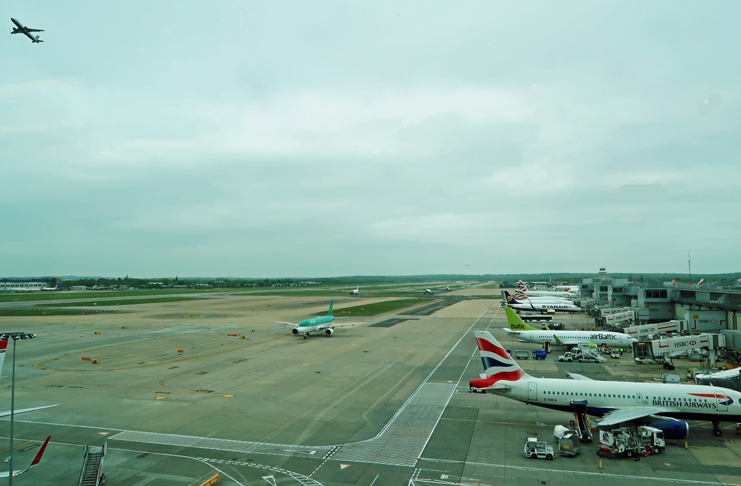




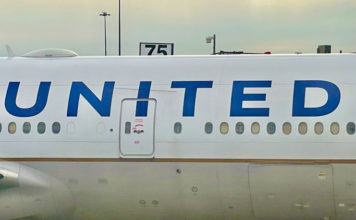




![Deal: Save up to 20% on Air France/KLM bookings [Targeted] a row of seats in a plane](https://travelingformiles.com/wp-content/uploads/2024/03/air-france-new-business-class-5-741-80x60.jpg)


[…] airline posted its full year results just the other day and in the fourth quarter of 2018 it managed to lose over $200m in poorly executed fuel hedges alone….so things haven’t been looking […]
[…] seen the airline cancel all its Caribbean routes, post a 4Q $210m loss in fuel hedges alone, refinance aircraft, sell aircraft and announce a rights issue to raise some much-needed […]
[…] has been making headlines for all the wrong reasons recently as it managed to lose $210m in fuel hedges in 4Q 2018, it had to cancel all of its Caribbean routes in an attempt to cut costs, it had to cut its […]